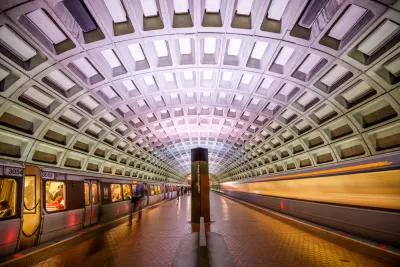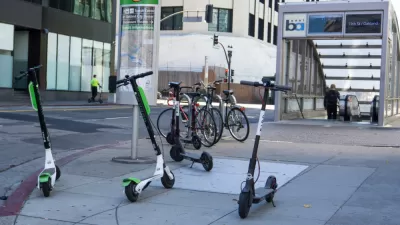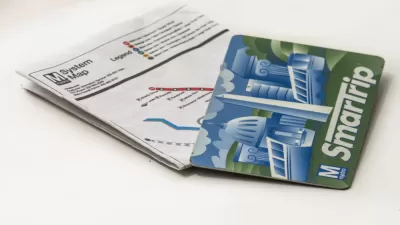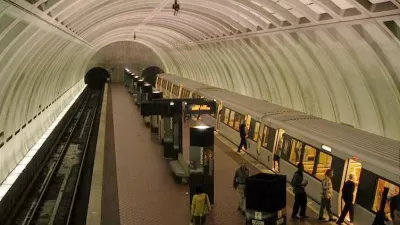Following an 11 percent drop in ridership in the last quarter, transportations experts are left scratching their heads as to where D.C.'s Metrorail riders have gone.

Lori Aratani of The Washington Post reports that transportation experts and Metro officials are trying to explain just where the transit system's riders have gone to after an 11 percent drop in ridership during the last quarter. While Metro Board chairman Jack Evans believes former riders have switched to single-person private vehicles ("I can tell by the congestion on the streets"), surveys have shown that commuters are finding alternatives that include bike share, Uber, Car2Go, and an increase in tele-commuting. One former rider notes that the switch away from Metrorail may also have something to do with the system's poor performance.
Melissa Dentch, 30, is an example of someone who is no longer wedded to a single way of getting around. She lives 2 1/2 blocks from a Metro station and used to use the transit system to get to her job at Georgetown University almost exclusively. Metro’s troubles prompted her to find other ways.
“I kind of feel like I’m Metro’s worst nightmare,” she said, explaining how she gets around town. “I own my own car, I have a Car2Go membership, I own a bike and I do bike share. There are so many options for the price that Metro’s charging . . . unless things improve, people are just going to find other options.”
FULL STORY: Metro’s multimillion-dollar mystery: Where have our riders gone?

Montreal Mall to Become 6,000 Housing Units
Place Versailles will be transformed into a mixed-use complex over the next 25 years.

Planetizen Federal Action Tracker
A weekly monitor of how Trump’s orders and actions are impacting planners and planning in America.

DARTSpace Platform Streamlines Dallas TOD Application Process
The Dallas transit agency hopes a shorter permitting timeline will boost transit-oriented development around rail stations.

Interactive Map Reveals America's “Shade Deserts”
Launched by UCLA and American Forests to combat heat-related deaths, the tool maps the shade infrastructure for over 360 U.S. cities.

Bicycles and Books — In Sacramento, Libraries Now Offer Both
Adult library card holders can check out e-bikes and e-trikes for up to one week.

Colorado Landfills Emit as Much Pollution as 1M Cars
Landfills are the third-largest source of methane pollution in Colorado, after agriculture and fossil fuel extraction.
Urban Design for Planners 1: Software Tools
This six-course series explores essential urban design concepts using open source software and equips planners with the tools they need to participate fully in the urban design process.
Planning for Universal Design
Learn the tools for implementing Universal Design in planning regulations.
City of Mt Shasta
City of Camden Redevelopment Agency
City of Astoria
Transportation Research & Education Center (TREC) at Portland State University
US High Speed Rail Association
City of Camden Redevelopment Agency
Municipality of Princeton (NJ)





























